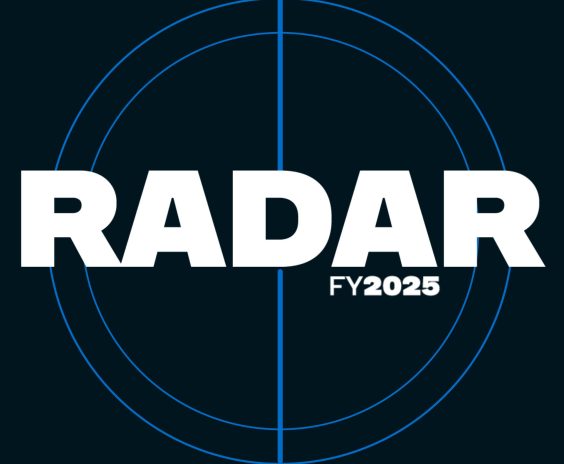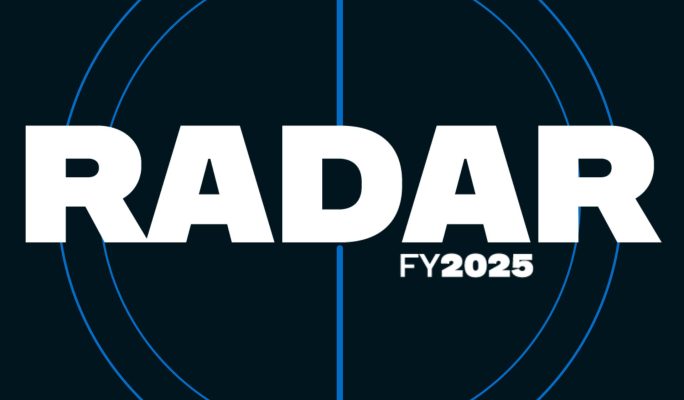Lessons learned one year on – Algorithm charter for Aotearoa New Zealand


The New Zealand government has released Taylor Fry’s review of its algorithm charter, revealing strong support for the charter’s role in bolstering community trust.
The charter, a set of commitments for the safe and ethical use of algorithms by public agencies, aims to demonstrate government transparency and accountability. It offers a framework and guidance to help agencies meet these objectives.
Our review reflects on the first 12 months of the charter’s implementation, offering several key messages for government and providing suggestions for the future.
With 27 signatories, representing more than half of New Zealand’s government agencies, we found almost universal support for the charter.
While agencies have made some progress in implementing commitments, our findings also revealed opportunities for improvement. These included better information sharing to enable efficiency and consistency, and periodic reporting of algorithms captured by the charter.

More than half of New Zealand’s government agencies have signed on to the charter’s commitments
The review process entailed a raft of interviews and surveys with agencies and subject matter experts to learn what’s working well and where improvements may be needed. We also reviewed documentation from agency and external sources.
Specifically, our review focused on:
- The experiences of agencies
- Embedding te ao Māori perspectives
- Any early indications of positive impacts or unintended consequences
- The support needs of signatories
We collated a large amount of information, opinions and perspectives on the charter, which we distilled into 13 key themes, together with practical considerations for making improvements going forward.
The implementation and interpretation of the charter is intended to be an ongoing process. This will ensure it can respond to emerging technologies, and be up to date and relevant for government agencies.
Read the full review.
Other articles by
Daniel Stoner
Other articles by Daniel Stoner
More articles

Analytics quick wins: Five New Year resolutions to thrive in a climate of economic uncertainty
How can advanced analytics help you through the COVID-19 storm? We reveal some ways to strengthen your business and prepare for success
Read Article

Algorithm Charter for Aotearoa: Six things to be doing now
What should New Zealand government agencies consider when implementing the Algorithm Charter for Aotearoa New Zealand
Read Article
Related articles
Related articles
More articles

How AI will be impacted by the biggest overhaul of Australia’s privacy laws in decades
Understand the key changes to the Privacy Act 1988 that may impact AI and how organisations who use AI can prepare for these changes.
Read Article

Well, that generative AI thing got real pretty quickly
Six months ago, the world seemed to stop and take notice of generative AI. Hugh Miller sorts through the hype and fears to find clarity.
Read Article






